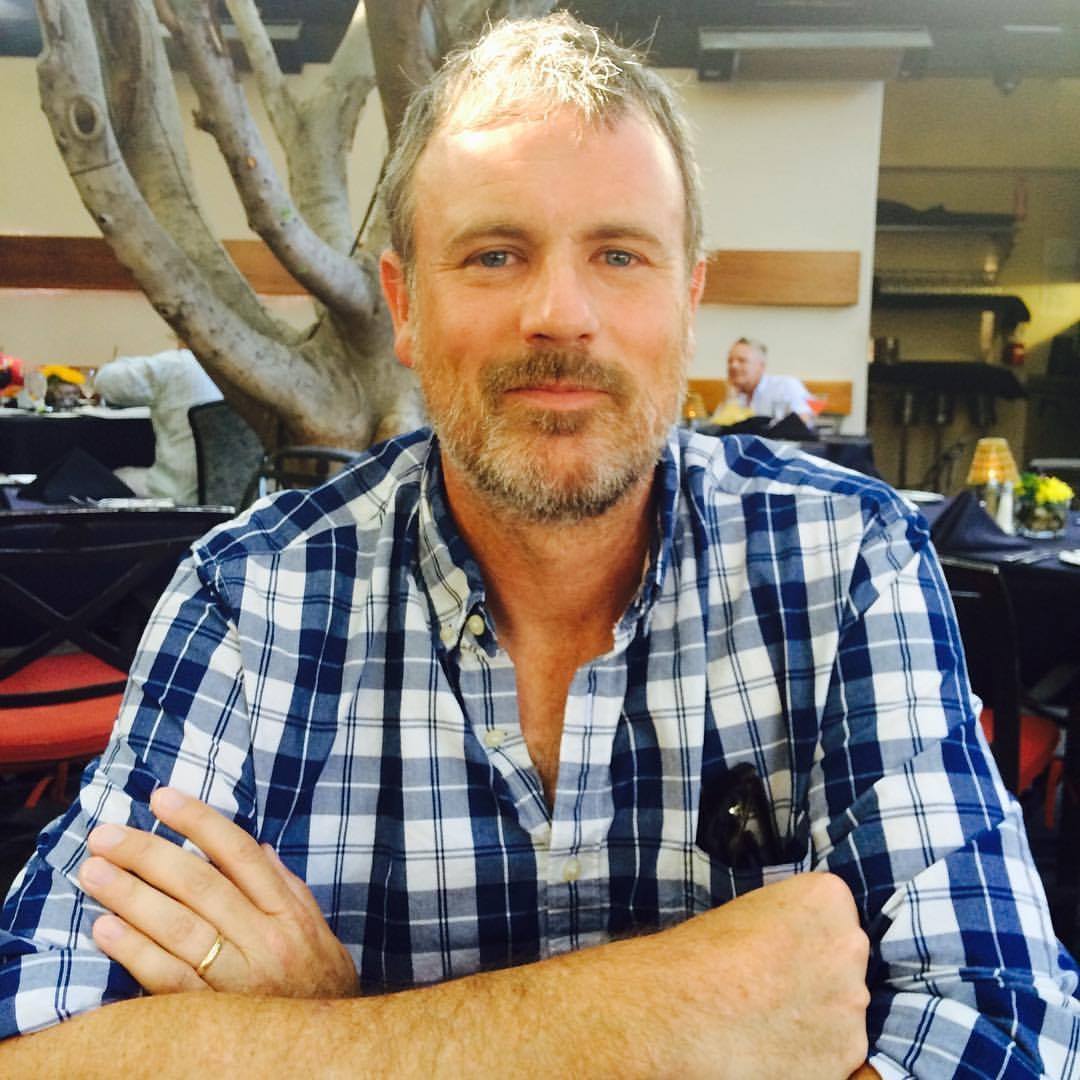Thankstoaquartetofrustingsteamgenerators locked inside its highly radioactive depths, the San Onofre Nuclear Generating Station (SONGS) will rumble to a halt in four to five years. That's more than a decade short of 2022, when the nuclear plant's operating license expires. But fear not: Southern California Edison, which owns the reactor, has a plan to keep SONGS ticking for at least another few decades.
To wit: Edison is seeking a permit from the California Public Utilities Commission (CPUC) to rip a 28-square-foot hole in the side of the nuke plant's containment vessel, pull out the decaying steam generators, bury them in the dirt until they can find a better place to store them—and then patch up the hole.
“The entire process will be safe,” promised Edison spokesman Ray Golden. “Replacement of steam generators has been successfully completed at most nuclear power plants in the United States and worldwide. San Onofre is one of the last nuclear-power plants in the U.S. to undergo steam-generator replacement. . . . We anticipate putting the new ones into service around 2010, assuming we get CPUC approval to do so.”
Environmental groups such as the Alliance for Nuclear Responsibility, California Earth Corps and the Committee to Bridge the Gap are doing everything possible to keep that from happening. They're actively pressuring the CPUC to deny Edison a permit to replace the steam generators at SONGS.
“Nuclear reactors like SONGS were designed to last between 30 and 40 years,” said Dan Hirsch, executive director of the Los Angeles-based Committee to Bridge the Gap. “But most of them are aging prematurely, and components such as steam generators are failing much earlier than predicted. So, rather than shortening the lifetime of the plant to match the safety of the equipment, they want to double the operating lifetime.”
Hirsch calls Edison's plan to replace its aging steam generators the “Cuban solution.” In Cuba, he points out, everybody is still driving American cars from the 1950s. As their engine parts wear out, the Cubans simply replace them with newer components until the car simply dies. “If something goes wrong with a car, the consequences are small,” Hirsch said. “But if something goes wrong with San Onofre, you can kiss Southern California goodbye.”
Doubling the lifetime of SONGS isn't just dangerous—it's also expensive. It will take roughly five years and cost Edison—or rather its ratepayers—at least $700 million to replace the steam generators. Add to that the $4.3 billion it cost to build the plant and the estimated $6 billion in anticipated operating costs to keep it running until 2022, and presto, the total price tag swells to more than $10 billion, all of it paid by taxpayers and Edison's own customers.
And that doesn't include the cost that would arise if a Chernobyl-type accident or terrorist attack causes a major release of radioactivity from SONGS. That price tag, according to 20-year-old estimates, could be as high as $590 billion per reactor.
“All these factors go into whether or not this is a good deal for [Edison's] ratepayers,” said Matt Freedman, a staff attorney with the Utility Reform Network in San Francisco. “The more we dig into the numbers . . . the more it looks like San Onofre is a bad investment.”
Don May, president of California Earth Corps, says Edison will have to replace a lot more than just its steam generators if it wants to keep SONGS alive for the foreseeable future. “Under bombardment with neutrons, steel becomes brittle and corrodes,” he said. “The hole they will cut in the side of the containment structure is where all the control cables come through. They'll have to replace those cables as well.”
Edison has already obtained a permit to raise the temperature of the water it discharges into the ocean, May added. “If you look at what happens when you raise the temperature and pressure inside the reactor, you are not only greatly increasing the impact on the ocean, but you're also lowering the safety margin. We think the choice is either shut the plant down or totally rebuild it for another 25 years of service.”
The only problem with the latter option is that California law prohibits Edison from building any new nuclear plants. “No nuclear plant has been ordered or constructed since the early 1970s,” Hirsch said. “So the easiest way of doubling the number of reactors is to double their lifetime, and that can be done with almost no public scrutiny, but with one major problem: the reactors are aging and becoming more dangerous.”
Speaking of dangerous, each of the plant's two reactors contains 100 times the radioactive material that was released by the atomic bomb dropped on Hiroshima. The spent fuel pools next door, where radioactive debris from its decommissioned Unit 1 reactor are stored—and where the radioactive steam generators that would be ripped from Units 2 and 3 would be buried—would contain material roughly 1,000 times more radioactive than the Hiroshima bomb.
That makes SONGS a perfect target for the likes of al-Qaeda. “It's like 10 Chernobyls,” Hirsch said, referring to the plant's spent fuel pools. “I'm concerned about the vulnerability [to terrorism] of the entire plant, but the [radioactive] inventory in the pools is much higher than in the core and the protection is much less.”

Award-winning investigative journalist Nick Schou is Editor of OC Weekly. He is the author of Kill the Messenger: How the CIA’s Crack Cocaine Controversy Destroyed Journalist Gary Webb (Nation Books 2006), which provided the basis for the 2014 Focus Features release starring Jeremy Renner and the L.A. Times-bestseller Orange Sunshine: The Brotherhood of Eternal Love’s Quest to bring Peace, Love and Acid to the World, (Thomas Dunne 2009). He is also the author of The Weed Runners (2013) and Spooked: How the CIA Manipulates the Media and Hoodwinks Hollywood (2016).

